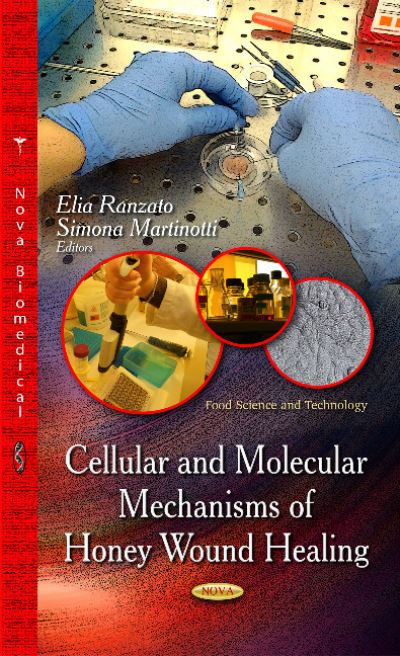
Honey has a long and interesting history. Since Biblical times and before, it has been known to have beneficial health effects, and it is still widely used in folk medicine'. Recently, the therapeutic virtues of honey have been rediscovered by the medical profession and are gaining acceptance for treating ulcers, wounds and other surface infections. Wound healing is of great relevance for skin medicine and a particular focus is set on natural compounds. Literature reports show that honey has been successfully used on infections that were unresponsive to standard antiseptic and antibiotic therapy. Honey has been renowned since ancient times for skin care, dermatologic, and wound-healing properties. Its physicochemical properties make it perfect for wound dressing, providing moisture, contrasting infections, reducing inflammation, oedema, and exudation, and preventing bandages from sticking to wounds. Honey is increasingly used as a wound dressing in clinical settings, but the relationships between its healing properties and the wound repair mechanism are still largely unexplored. In spite of a vast amount of literature about the clinical uses of honey, the subjacent mechanisms of action are still largely obscure. In a number of cases, beneficial effects have been ascribed to antiseptic properties, but accumulating data suggests the involvement of other specific physiological mechanisms that this book explores.
| ISBN: | 9781631172519 |
| Publication date: | 14th May 2014 |
| Author: | Elia Ranzato, Simona Martinotti |
| Publisher: | Nova Science Publishers an imprint of Nova Science Publishers, Inc |
| Format: | Hardback |
| Pagination: | 126 pages |
| Series: | Food Science and Technology |
| Genres: |
Food and beverage technology |